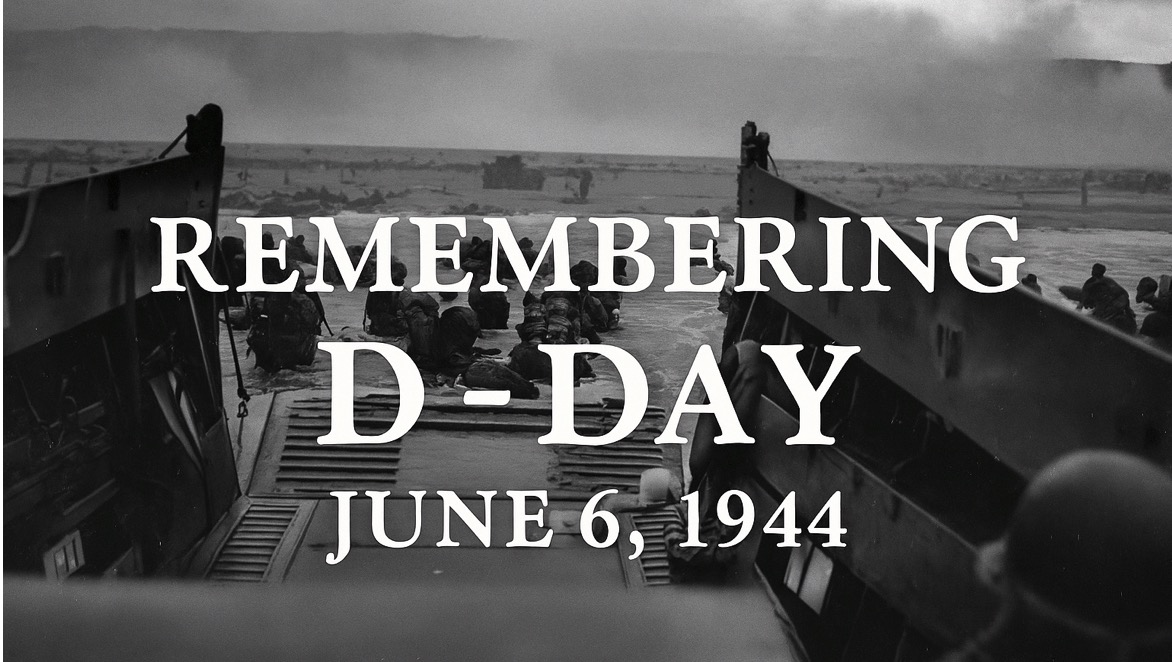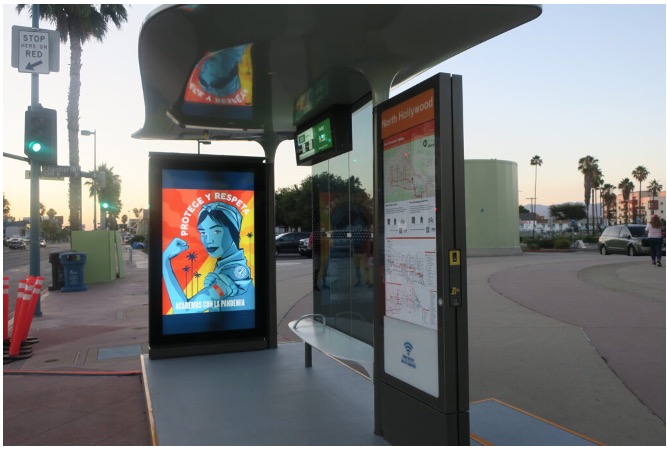Comments
LA TRANSPO - In 2018, the New York Times reported on the Pentagon’s purchase of toilet seats costing $ 14,000 each which brought much attention to the Pentagon and the issue of government spending. This, not long after the then Secretary of Defense James Mattis made a pledge to end wasteful spending at the Pentagon “to earn the trust and confidence of the Congress and the American people that we are the best possible stewards of taxpayer dollars.”
One has to wonder what the New York Times might report today upon learning that the City of Los Angeles entered into a contractual agreement to buy and have installed 3,000 transit shelters (many with digital advertising screens) across the streets of LA at a cost of now over $ 120,000 each under the new Street Transit Amenities Program (STAP or Street Furniture Program). That doesn’t include the cost of the much-needed 14 public automated toilets that had been part of the previous Street Furniture Program and whose purchase and operating costs are now also to be paid out of the City’s coffers.
As the Program stands today, it is expected to bring in a $ 386 million share of advertising revenues to the City over 10 years against out-of-pocket city costs of $ 380 million and growing! Additionally, the so-called minimum annual guarantee does not appear to be a guarantee at all. What is the likelihood that the program will be able to deliver the projected revenues? An audit conducted some years ago by Controller Galperin’s office of the street furniture contract recently expired should have provided lessons to those fashioning the new program. However, it appears that little has been learned.
Less than 30 days after the new STAP contract was signed, the selected vendor submitted a “Rollout” document to the City that included a 61% increase in the funds needed from the City to implement the program for items claimed to cover tasks not fully anticipated or discussed during the earlier Request for Proposal (RFP) process. This is hard to understand. The additional budget request of $ 144 million raises the total program expenses from $ 237 million to $ 380 million. Does this suggest that the RFP was not well conceived? What will the costs be to restore program elements removed from the contract and which the City will yet need to fund if ever to be provided? Why would the City adopt a model for this program that assumes responsibility for all up-front costs when there is another model available? Is this a transit shelter program, an advertising program or a sidewalk repair program hiding beneath transit shelters? There is a need for transparency and an honest assessment of the entire program.
The vendor claims that 600 shelters will be installed each year for five years. Funding exists for far fewer – even if the Metro contribution is received and if the Council approves a $30 million loan from the Public Works Trust Fund as requested. The interest costs have yet to be included. And what about staff? The City Administrative Officer (CAO) removed STAP staff from the recommendations and now there are efforts to create new positions to administer the program at a cost of nearly $ 1 million / year. And we cannot forget the unresolved issue with the past contractor whose shelters are not meant to be used for ads any longer. The public was clearly told by StreetsLA that those shelters would be repurposed with community messaging and/or art and placed where needed.
The Council’s Public Works Committee adopted a motion (CF 20-1536-S4) in December that begins the process of oversight. However, an independent analysis of STAP’s financial projections is needed now under the guidance of the CAO to answer questions so long ignored related to funding, staffing, revenue projections, and more. The likelihood of outside funders paying for expensive digital ad structures (vs. transit shelters) is also an important question if grant funds cannot be secured, the City would be on the hook to pay for the purchase and installation of 600 shelters each year for the next five years costing at least $ 76 million/year. Councilmember Monica Rodriguez got it right at the time that the Council approved the program with her reference to the STAP Program as “a mirage.” Hers was the sole dissenting vote.
It was too easy to believe the aspirational presentations that accompanied this program’s promotional efforts as electeds and the public were presented with what was referred to as a “world-class” transit shelter program providing shade and shelter to those transit riders most in need. But, there have been problems with this program since its origins. There were issues with the RFP; issues with the apparent changes in program elements, and the bidding process itself. Additionally, there are current legal challenges to the program brought by two community organizations. But of greatest disappointment to many, the program that was presented to the public is no longer the program the contract requires the vendor / contractor to produce.
Beyond the financial concerns, there are serious issues related to equity. The goal of providing shade and shelter to 75% of transit riders in each Council District may sound like an equitable approach. However, should there be a large difference between the numbers of transit riders in one district vs. another, there will be a large number of transit riders left baking in the sun (or drenched in the rain).
A look at the planned Year One new shelter locations reveals a sad truth. CD 5 on the Westside is slated to receive 81 new digital shelters to add to their existing 204. That will deliver three times the number of new shelters than those proposed in Councilmembers John Lee or Monica Rodriguez Valley Districts. Nine Council Districts won’t receive even half the number of CD 5’s planned locations. While promising to provide shade and shelter, this program is chasing ad revenues and the public has been hoodwinked. The numbers speak for themselves:
|
Council District |
STAP First |
STAP Refresh |
Existing Shelters |
|
1 Hernandez |
24 |
20 |
122 (98) |
|
2 Krekorian |
28 |
10 |
96 (68) |
|
3 Blumenfield |
31 |
10 |
119 (88) |
|
4 Raman |
45 |
10 |
155 (110) |
|
5 Yaroslavsky |
81 |
0 |
204 (123) |
|
6 pending |
29 |
10 |
115 (86) |
|
7 Rodriguez |
25 |
10 |
105 (80) |
|
8 Harris-Dawson |
26 |
16 |
106 (80) |
|
9 Price |
25 |
16 |
104 (79) |
|
10 Hutt |
38 |
16 |
149 (111) |
|
11 Park |
36 |
0 |
109 (73) |
|
12 Lee |
26 |
0 |
96 (70) |
|
13 Soto-Martinez |
44 |
15 |
136 (92) |
|
14 de Leon |
27 |
25 |
177 (150) |
|
15 McOsker |
25 |
5 |
89 (64) |
YEAR ONE SHELTER ROLLOUT PLAN
No public notification as to the availability of the Year One planned shelter locations has been provided. Neighborhood Councils were not notified. Council Districts were apparently sent the lists of locations on November 1st with a deadline of December 1st to submit any comments. That was the time of elections and offices transitioning. The public did not know that their Council offices had received the lists and the lists were not accessible to the public. Community participation was not invited even to those who had presented comments to StreetsLA as the program went through its approval process, even though the STAP program allows such input only once a year. Public protests to the Board of Public Works yielded a small concession for the newly elected Councilmembers and their districts. They would be granted an additional 30-days to review the lists. But, when will that period of time begin? The public is yet to be notified. And newly elected Councilmembers have many more pressing items upon which to focus in their first few months in office.
The location lists are now posted here.
It is important to note that a number of the planned locations violate Community Plans, the Coastal Act, are placed near parks and violate protections afforded to designated Scenic Corridors. The process for review of shelter locations was not and is not acceptable.
While it is good to aspire to reach difficult goals, it is equally important to stretch to meet more concrete ones. At the end of this 10 year contract, after all the money has been invested (if available), the City will have a program that provided shelters to a scant 3,000 locations that will cover only 40% of LA’s current bus stops. That appears to be a less than aspirational goal and raises the question as to whether this program’s goals were otherwise focused... such as on generating ad revenues and on providing the vehicle for the adoption of the new LA Municipal Code that was inserted into the STAP Mitigated Negative Declaration (MND) that opens up the public right-of-way to new advertising structures beyond transit shelters.
It is time to look at the numbers with a critical eye. The outdoor advertising dollars that the City appears to be lusting after are not free money. The costs and negative impacts are serious and measurable. Promises for a greater share of ad revenues don't pan out when the expenses come close to or may exceed revenues over time. The fact that the Council District offices will receive a share of the Street Furniture ad revenues should not be a factor in determining whether this is a sound program or a solid investment for the City. Unsupported promises to provide shade and shelter to those most in need should not be used to promote a program that will be unable to meet those goals in a timely, cost-effective or equitable manner. And while the City has consistently ignored warnings about the public safety dangers associated with driver distraction from changing digital signage, it is time now to include a review of the relevant traffic safety studies on this subject. The safety of all street users is vitally important and the program’s failure to acknowledge the dangers of digital changing advertisements on our public right-of-way remains difficult to understand and impossible to accept given the carnage on our streets.
It is too early to tell, but it may not be too late to turn this battleship around. One good thing about the current contract is that it can be terminated. The City can pull the plug. The City can walk away. And, the City can start again with an RFP for a program it can afford and for a program that delivers what it promises: a program that is meant to deliver shade and shelter to those most in need.
Additional info/graphics:
From the Tranzito Rollout document: Budget increase request

Minimum Annual Guarantee Info from contract along with CAO’s comment from its initial STAP report.
(Barbara Broide, Co-Chair of Coalition for a Beautiful Los Angeles and President of Westwood South of Santa Monica Blvd. Homeowners Association.)














